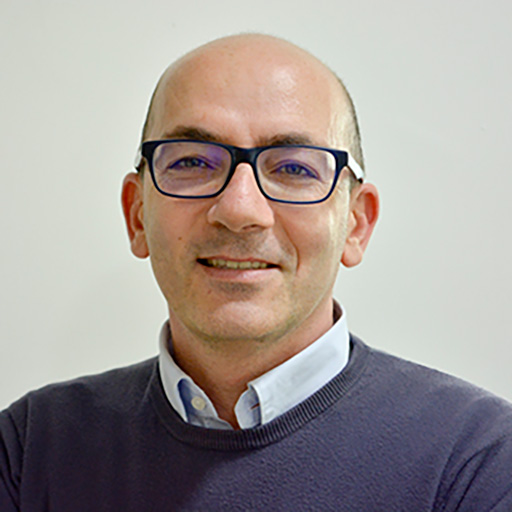
IvanConte
PhD
Location
Naples, Italy
Current Organization
Fondazione Telethon (Italy)
Biography
Ivan Conte, PhD, is a faculty member and head of the Medaka Core Facility at the Telethon Institute of Genetics and Medicine, Pozzuoli (Italy). He completed his doctoral studies at “Federico II” University of Naples (Italy) and was trained as a postdoctoral fellow at the Institute of Neurobiology “Ramon y Cajal” in Madrid (Spain). In 2007, he was honored for scientific achievements in neurobiology by the President of the Italian Republic. In 2012, he started as an associate professor at Telethon Institute of Genetics and Medicine in a National Operational Programme for Research and Competitiveness (PON). Dr. Conte’s research team is focused on defining the physiological pathways and signaling that are impaired in RPE/photoreceptor crosstalk. His research team uses multidisciplinary techniques (drug screening, biochemistry, cell, and molecular biology, transgenesis, gain-or-loss-of-function studies) applied to different model organisms: cell lines, mice, and medaka fish. Prior to his BrightFocus Foundation Award, Dr. Conte received grants from the European Union and the Italian Ministry of Foreign Affairs.
“Eye disease represents one of the most common groups of genetic disorders in the human population. Over 200 different forms of ocular disorders have been described and it has been estimated that about 27 percent of the phenotypes described in OMIM (On-line Mendelian Inheritance in Man) affect the eye.
Since the beginning of my scientific career, my aim has been to identify and characterize molecules involved in eye development and function, and I have tried to translate the basic discoveries into a new view of therapeutic approaches. I have a personal reason for studying the eye disease: having seen first-hand the progressive effects of AMD disease through experience with a family member.
My award from the BrightFocus Foundation will make it possible to continue with cutting-edge research that will contribute to establishing an innovative therapeutic treatment for AMD. Within the scope of this support from BrightFocus Foundation and its donors, I hope to identify new additional molecules as responsible for AMD disorders; open new avenues for specific molecular diagnosis in patients; and encourage the development of strategies for gene therapy and pharmacological treatments.”


